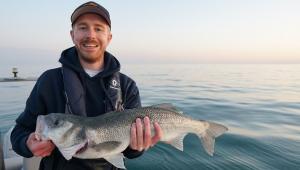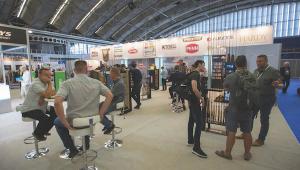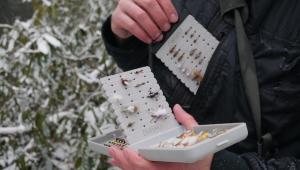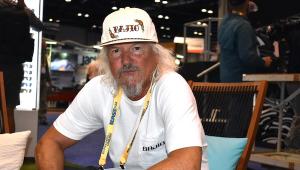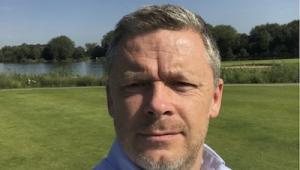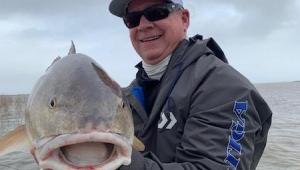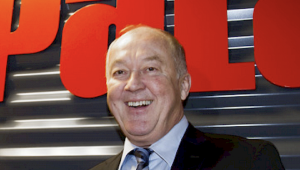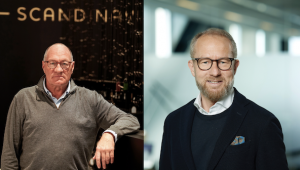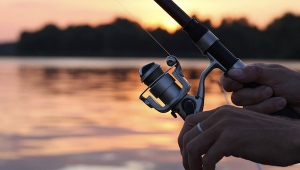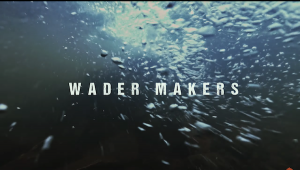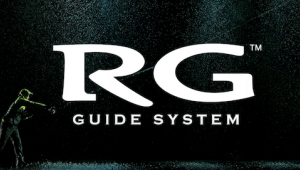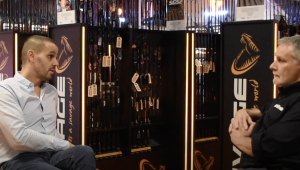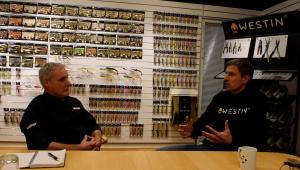A slick approach to fly fishing tools
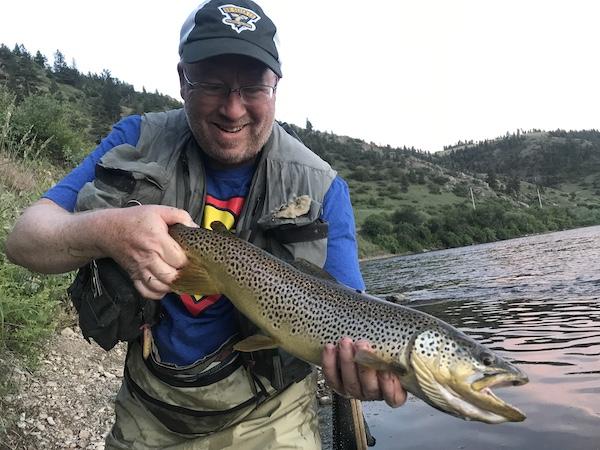
Founded by a surgeon – who should know a thing or about precision instruments – for 35 years, Dr Slick has been making high quality tools for the fly fishing industry. Current owner Steve Fournier explains how it has kept pace with ever-changing demands.
TTW: How and why did Dr Slick start?
Steve Fournier: Dr Slick Co was founded in 1989 by a urologist, Dr Ken High. It was originally based in Dillon, Montana, but moved to our present facility in Belgrade, Montana in 2000.
Dr High was very unhappy with the quality of the fly tying and streamside instruments he was using in his sport.
Being a surgeon, he was used to very high quality, well-designed tools for specific tasks in the surgical suites, but these was nothing like this for fly tying and angling (I think we all remember those days!).
Our first efforts were to basically take existing medical tools and modify them to the needed tasks (scissors for fly tying and clamps for streamside use).
This met with reasonable success but it became clear, after much trial and error, that most of the items would need to be designed from the ground up for the needs of the tyer and angler.
Since those initial efforts, each item is designed from scratch. We can control the die/moulds, metal used, type of jaw structure, hardness, finish and more.
The name Dr Slick comes from Dr High’s proclivity for soaking his fly lines in silicon before steelhead fishing – it made for some legendary casts!
I joined Dr Slick in 1996 after four years with fly rod firm Thomas & Thomas and a few stops at some retail fly shops.
I have been involved in the fly fishing industry in manufacturing, sales, retail and distribution since 1988. I was hired as general manager/head of sales and chief widget maker in 1995. I have owned the company since 2009.
I wear many hats here and have done so since 1997. I design all products, run the sales and marketing department, oversee all the reps, fill a few orders daily and work on 800 scissors and face/polish 50 to 600 line clippers per week.
A short day is 10 hours! And I enjoy every minute of it. I would much rather be testing clamps or making bobbins versus sitting at a desk. Like any good company, I am fortunate to have great people around me.
TTW: What are your most innovative or best-selling products?
SF: We pride ourselves on innovating and creating new products to fill a need in the tying and angling world. I fish and tie a lot, so I see lots of needs based on my experiences. I’ll take that knowledge and work on improving one of our existing tools or invent a new item from scratch to fill the need.
I also keep a notebook of every comment/complaint I receive and use that to improve existing items or help in development of a new item. I call it the “you should “and “have you thought about” depository. If I see lots of common comments, then I’ll research the item further to determine marketability.
Over the past 20-plus years I’ve designed close to 60 items and I’m always working on the next thing. Right now, we have 15 items in the R&D pipeline. There are also constant improvements to existing products. We have a few patents for our efforts, too.
Among my favourite items over the last 25 years are our range of scissors – Razors, Tungsten Carbide, Bent Shaft, Micro-Tip, Twisted Loop, Black Widow and advanced 30 degree curved blades on our curved scissor models.
Then there’s our fly tying gear such as the Spigot Bobbin, Jumbo Carbon Fibre Handle tying tools, Hair Stackers, Extra Hand and Bead Tweezers.
We have Release Clamps, Shot Clamps, Twisted Loop, Long Range, Crossfire, Hook eye cleaning pins in shank design and 30 degree curved jaws on the curved model of clamps.
Our pliers range includes Bullet Head and the storm series (Typhoon and Squall), we have our Off Set clipper, the Knot Tying Clipper and Cyclone clippers and, of course, our necklace.
TTW: The company has been going for 35 years. What are the secrets of its success?
SF: No secrets really but much of our success lies within our production. Most of the items are manufactured overseas and then they arrive at our shop as whole units or pieces. We can handle each item up to six times from arrival to departure.
All units are tested to ensure they meet our requirements for the task. Each scissor has the blades and tips examined and cut tested to ensure sharpness. If there are problems, we can sharpen the blades and or refine the tips to get them even and sharp.
Each clamp is opened and closed and put under a stress test to ensure smooth operation; if problems exist with the ratchets being too hard or loose, we fix that with hands or hammers!
Each bobbin is threaded and tested. The list of what we do goes on and on but the point is tyers and anglers have come to expect this level of effort from us to achieve the final product.
In the end, we are dedicated to the highest quality and the most consistent product we can deliver. It is one of the reasons we put our products in bags versus zip tied to cardboard for display. We want you to handle and feel the item.
The company runs with five employees. Market growth has averaged double digits over the past 20 years.
We are lucky to have a very dedicated following amongst the tying and angling community. I attribute that to our dedication to quality, consistency and innovation.
Tyers like to know when their favourite scissor wears out after 10 years that the replacement will be just like their retired favourite. It’s the same for the angler, when ca lamp is lost or retired, they want that same item they had and have it perform the same way.
Plus I think most people are aware of the efforts we put into each product and they appreciate that aspect of Dr Slick. AND we are a fun bunch of people to be around.
TTW: What are the biggest challenges facing you right now?
SF: Our biggest challenge day to day is maintaining the expected level of quality on the finished product (quality conttol).
Most of our items are hand finished so we do not have the luxury of CNC or machined processes. We must constantly change our inspection and correction processes on items to adapt to the small inconsistencies/variances.
That being said, we have seen about everything, so we adopt the corrective measures and move on. After 30-plus years, we have lots of different techniques to mollify most issues on any item.
Other issues that can cause headaches are sourcing raw stainless steel and brass, supply line distances while global politics and policies are always fun!
TTW: How do you see the fly tackle market right now?
SF: I enjoy the industry. I think its size makes it easy to stay connected with the customers and shops. It is not a big fraternity, so we all kind of know each other.
I’m optimistic that the innovation in the industry will carry the day and keep the sport fresh and exciting for new and existing participants.
I’m not much of a pessimist, but I have been in this industry for a long time and I’m not a huge fan of the consolidation of the industry. I think that can cause stifling effect on innovation and thus the industry.
Plus, manufacturers selling direct to customers is a problem. We are proudly wholesale and will continue to rely on our domestic and international retailer network for our success.
I’m excited to see more fly tying happening. It looked like that might be a dying art form a few years back but it looks like the new materials, social media and a whole batch of really good young tyers has turned that around.
I think, on the angling side, saltwater fishing is definitely on the upswing as well as pursuit of non-traditional species like carp.
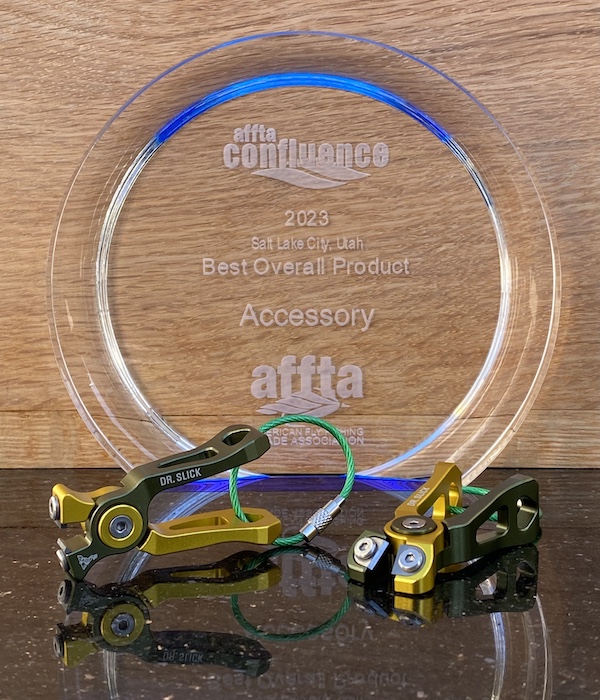
- Log in or register to post comments
